After harvesting 40,000 pounds of winter squash last October, Giana and Matthew Cioni did something unusual: they started planting again. Most fields across the region sat empty after harvest, vulnerable to heavy winter rains that wash away rich topsoil. But those at The Crows Farm, outside Mount Vernon, Washington, lay snug, protected by a web of fast-growing grasses and legumes. The couple believe the second planting will benefit their production over the long term, even though the extra labor and expense bit into their bottom line. But planting cover crops had a second benefit that paid off for the region this year: it kept nearby waterways cleaner.
Soil isn’t the only thing winter rains wash off fallow fields. Persistent rainfall also carries fertilizer residue into surface waters, or else drives it deep into the soil, where it can enter groundwater. Nearly half of Pacific Northwest watersheds carry high toxic loads from fertilizer runoff. Recent studies link drinking water heavy in nitrates, a byproduct of nitrogen fertilizer, to a host of chronic illnesses, including cancer, insulin-dependent diabetes, and fertility complications.
Across the United States, nearly six million people drink from water systems with elevated nitrate levels, a number which does not include households on private well water, for which there is no consistent testing standard. Latino residents living in rural areas disproportionately bear the exposure to this toxic discharge.
While fertilizers are by no means the only source of nutrient pollution in Cascadia’s waterways—leaky septic tanks and manure effluent add to the load—they are a ubiquitous one. And one with a cost-effective solution.
Winter covers crops soak up rains along with the fertilizer leftover after harvest.

Winter covers crops, like those at The Crows Farm, soak up rains along with the fertilizer leftover after harvest. In the process, the covers reduce nitrate leaching by up to 70 percent, offering tremendous benefits to the water-drinking public.
In addition to the public health benefit, Matthew and Giana plant cover crops for the on-farm benefits, as the practice can boost soil resilience to a range of risks. Perhaps most importantly, over years the practice can double soil water holding capacity, a key defense against drought. Unpredictable precipitation patterns pose one of the greatest risks to regional food production in the coming decades. Cover cropping can also minimize other liabilities, like weed pressure and soil erosion. But these on-farm benefits accrue only gradually over years.
For most producers, the hope of long-term benefits does not outweigh the up front costs and risks. Cover crop seed alone stretched the Cioni’s seed budget by a fifth last year, a big investment for their eight-acre operation, especially for something with an uncertain return. In the United States, farmers plant cover crops on about five percent of annually cropped fields. Pacific Northwest farmers do so at about half that rate.
Cover cropping remains rare because it presents a mismatch between costs and benefits: farmers bear the up front costs and risks of planting and managing cover crops, while the largest near-term benefits accrue to the public. Reducing the cost to farmers can help minimize the divide, yielding both public health benefits and growing a more resilient food system.
Several other states fund cover cropping initiatives that compensate producers for as much as 90 percent of the seed, labor, and equipment costs required to sow and manage cover crops. Many of these ambitious programs have tripled annual cover crop acreage within a handful of years. And the programs are a shockingly good deal, with a price tag of about $8 per pound of avoided nitrate pollution, a fraction of the cost of other methods of preventing nutrient runoff. It’s time to bring this model to the Pacific Northwest.
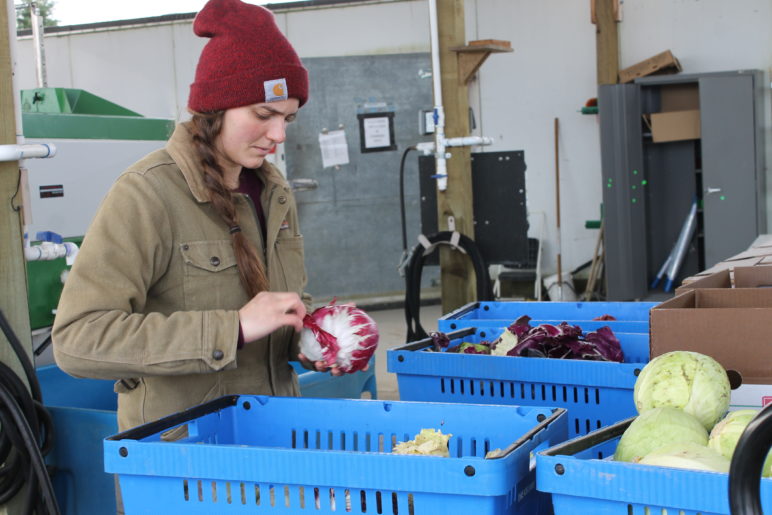
Cover crops: Giana Cioni prepares cabbages from their organic vegetable farm for market. Photo by Margaret Morales, January, 2020. Used with permission.
The stubborn cycle of fertilizer loss
Conventional, industrial agriculture has many inefficiencies, but here’s one of the most surprising realities: many crops use only about half of the nitrogen fertilizer farmers apply each year. Nearly all the rest ends up in local waterways.
In the Pacific Northwest, ground and surface water in the most intensive agricultural zones carry the highest nitrate loads, particularly in the Willamette Valley, and parts of the Columbia and Snake river basins.
Uncertainty about crop needs year to year drives the heavy application—in good weather years, crops can soak up more nutrients and produce bumper yields. But farmers frequently apply most fertilizer at the beginning of the season, when they have best access to the field. If the weather proves less favorable, the plants won’t use as much fertilizer and more will go down the drain. But the cost of losing out on a bumper harvest is far higher than the cost of preemptively over fertilizing.
Crop needs even vary within a single field as soil micro conditions shift. Most research on reducing fertilizer runoff has concentrated on developing precise application techniques combined with granular soil quality data, but collecting that data is expensive and time-consuming.
Rising costs of nitrogen fertilizer have led to some improvements in efficiency in recent decades. Though taxing fertilizers further could tip farmers towards more judicious application, it could also have negative consequences. Making the price too high could ultimately reduce food production and drive smaller farms, with slimmer financial margins, out of business. Instead, managing fertilizer loss could reduce the damage to public and environmental health. And that’s where cover crops come in.
Cover crops slash toxic runoff at a low cost
Cover crops interrupt the pollution pathway, transforming the typically slick sheets of bare winter fields into obstacle courses that slow the water’s flow.

Cover crops interrupt the pollution pathway, transforming the typically slick sheets of bare winter fields into obstacle courses that slow the water’s flow. Legumes and grass roots bore pores into the soil surface that act as chutes for rainwater. Once below the surface, the living roots of the cover slurp up the moisture, along with the excess nitrogen, trapping it, and reducing nitrate leaching by 40 to 70 percent.
The practice offers the most cost-effective means of on-farm nutrient capture. In 2019, Maryland’s state-funded cover crop incentive program diverted 2.5 million pounds of nitrogen from the Chesapeake Bay, at a cost of about $8 per pound. Other on-farm nutrient diversion projects, like planting filter strips and field borders, tend to cost several times this amount.
Dealing with the pollution after it leaves the farm is even more expensive. Washington’s Department of Health spends millions funding new well connections in communities across the state where existing groundwater sources exceeded safe nitrate levels.
Cover crops grow resilient soils
In addition to the public cost savings, the spongier fields pay their dividends forward for the farm. In the spring, Giana and Matthew tilled the winter’s cover crop back into the soil, treating it as a ‘green manure’ to feed their fields before planting the next crop.
The soil health benefits of the practice compound year after year as the accumulation of previous covers builds organic matter in the soil. In some cases, long-term cover cropping can double a field’s water holding capacity, a benefit producers highly value as weather patterns grow increasingly unpredictable.
Covers also dramatically reduce soil erosion—slashing it by as much as 80 percent. Left unabated for decades, soil erosion can turn a productive field into a wasteland.
The practice offers other on-farm benefits, too. The fast-growing dressings outcompete weeds which easily take hold on fallow fields. Over years, the natural weed competition can reduce herbicide needs. In addition, the green manure tilled into the soil before spring planting can carry forward some of the excess fertilizer to feed the next crop, though this benefit varies by location, crop, and year.
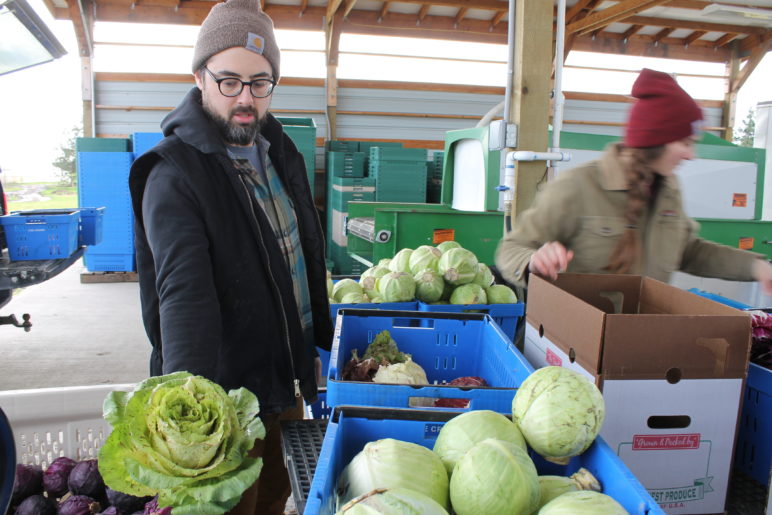
Work never stops at The Crows Farm. Photo by Margaret Morales, January, 2020. Used with permission.
Cover crops remain rare
Despite the benefits, farmers remain wary. In Oregon and Washington, farmers plant cover crops on only three percent of their annual cropland—a category which excludes orchards, berries, and other perennial crops unsuited to typical winter covers, as well as cropland out of rotation via the Conservation Reserve Program. British Columbia’s producers are much more likely to cover their fields through the winter, with about 10 percent of fields planted to cover each year. Though farmers may underreport the practice, it’s not the norm.
Pacific Northwest farmers’ reluctance to plant cover crops stems, in part, from a lack of familiarity; much less data exists on cover cropping in this region than in the Midwest, where state-run agricultural colleges have decades of research on effective, low-risk cover cropping methods suited to the region. What’s more, cover cropping is a science, and the benefits depend on selecting the right seed varieties and planning for local conditions. While most trials show that cover crops don’t interfere with cash crop yields, uncertainty about follow-on effects remains daunting.
In drier zones, east of the Cascades, farmers fear cover crops will greedily suck up precious water, leaving little for their cash crops. For many commodity crop farmers in this region, the possibility that adopting the practice could disqualify them from crop insurance also looms large.
In contrast, farmers on the wet west side struggle with waterlogged fields during the fallow winter months. A stretch of heavy rains could flood a field and kill a cover, wiping out all of the time and money that went into planting it.
Timing is key to cover crop success. Sowing too late could mean cover crops won’t establish well. Terminating too early can dramatically reduce their benefits, but terminating too late can foster pests, destroying the cash crop. Add to this the risk of the cover crop coming back as a weed, or cooling the soil too much and delaying spring planting, and it’s not surprising that many farmers forgo the practice.
Moving cover crops from fringe to business as usual
But it’s not all bad news. The idea has been gaining traction across the United States, and the 2017 US Census of Agricultural showed a 50 percent increase in cover cropped acres since 2012. Even Cascadia enjoyed some bumps: farmers in Idaho and Oregon each increased cover crop acres by more than 20 percent. Washington’s cover crop acreage remained relatively steady.
Producers’ decisions about cover cropping are price sensitive. Between 2005 and 2016, the United States Department of Agriculture (USDA) increased annual spending on cover crop cost-shares more than tenfold. That spending increase, in conjunction with activism from the growing soil health movement, helped fuel the uptick in practice.
Several former Democratic presidential candidates called for scaling up existing Farm Bill soil conservation programs, which could further boost financial support for cover cropping. Senator Booker took his proposal a step farther, introducing the Climate Stewardship Act in late 2019, alongside Oregon senator Jeff Merkley. The proposal would provide a major boost to existing Farm Bill programs, with an emphasis on practices that mitigate the impacts of climate change, including cover cropping. The political tides of the coming two years could open a unique window for action on soil health via the 2023 Farm Bill.
States can lead the way
Even in the absence of additional federal support, several states have dramatically boosted cover cropping rates by leveraging state funds to reduce farmers’ risks. Since 2004, the Maryland Department of Agriculture has paid farmers between $75 and $90 per acre to plant winter cover crops, enough to cover nearly 90 percent of the costs of the practice. The program has yielded tremendous results, with as much as 60 percent of eligible acres planted to cover crops each year.
The funding comes from a combination of septic tank and sewerage system user fees, and the state’s gas and rental car taxes. Thanks to these state funds, Maryland farmers receive nearly double the cost-share assistance for cover cropping than what Washington farmers typically get from federally-funded programs.
Iowa launched a state-level nutrient reduction strategy in 2011, providing farmers with cost-share assistance that supplements existing federal funding. In the span of four years, the state saw a 140 percent increase in annual cover crop acreage. This cost-share assistance often acts as a kickstarter: many farmers who initially receive the financial support continue to plant cover crops in subsequent seasons even without the cost-share.
Washington advocates have tried to follow the state-funded model, but it has proven an uphill battle. In March of this year, Governor Inslee signed into law the Sustainable Farms and Fields Act, which could provide funding for cover cropping efforts. But in short order the Governor yanked funding due to budget shortfalls. The program’s coffers now sit nearly empty, as advocates look for alternative funding sources.
Matthew and Giana are now preparing for another hectic harvest season. They’ll again strive to sow cover crops ahead of the winter rains. In doing so, they carry the costs of a practice that benefits all Cascadians. It’s time to help them out, and pave the way for other farmers to follow their lead.
Note 10/2/20: an earlier version of this article incorrectly stated that Maryland’s cover crop program spent about $20 per pound of avoided nitrate pollution. The article has been updated to reflect the more accurate estimate of $8 per pound of nitrate diversion.
Thank you to Giana and Matthew Cioni for sharing their story in January, 2020, and for reviewing a draft of this article. Thanks also to Norman Astle, Maryland Agriculture Conservation Grants Administrator, and Dr. Jiajia Lin, of the Oak Ridge Institute, for research help. Thank you to Nisha Balaram for editing.

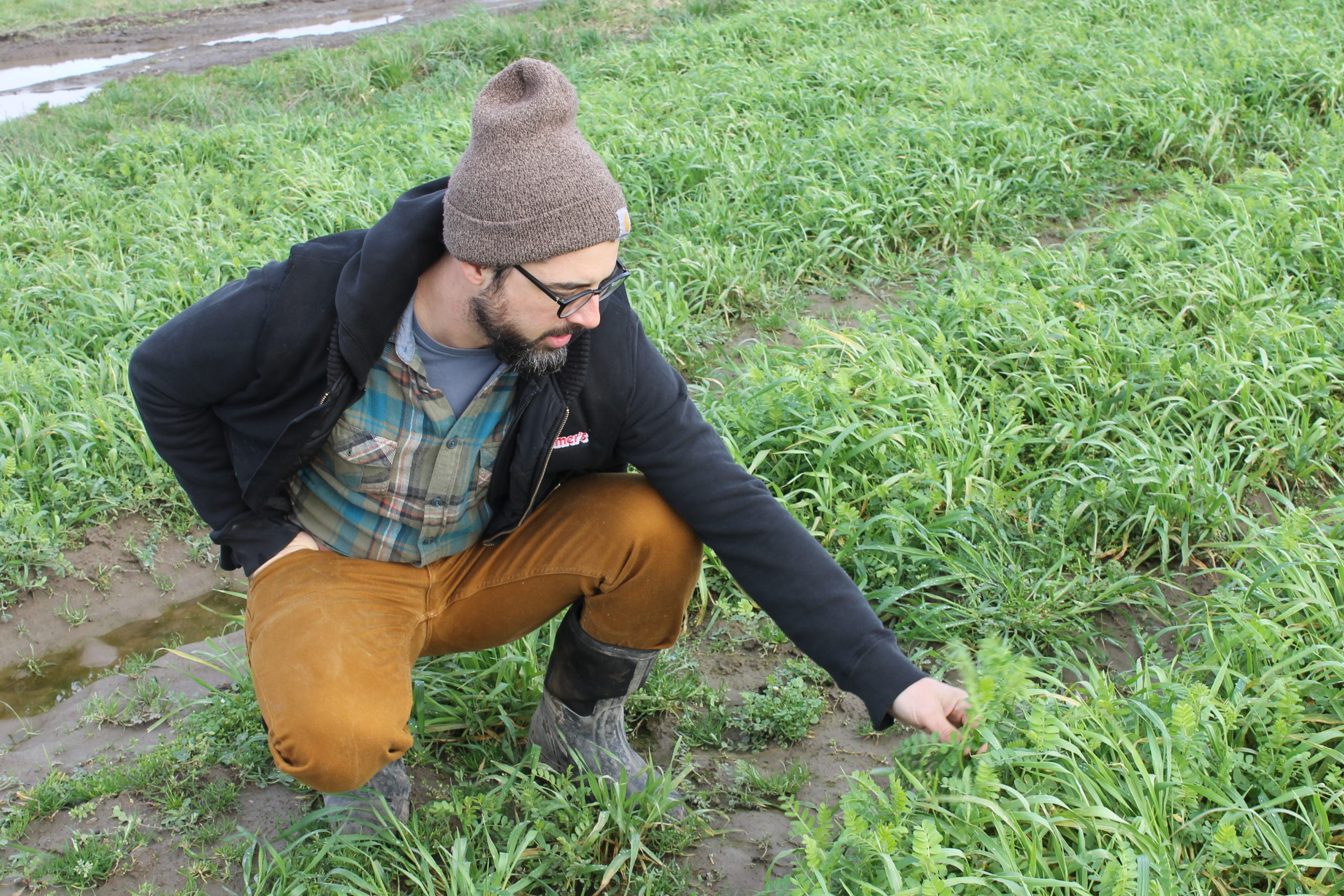
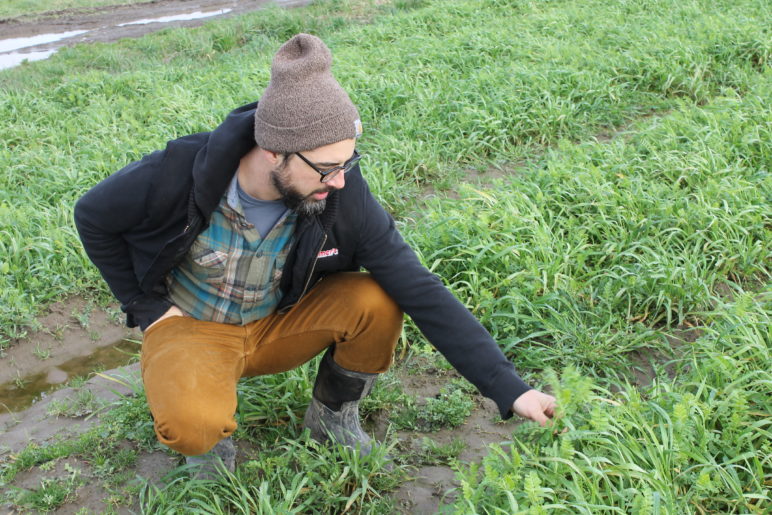


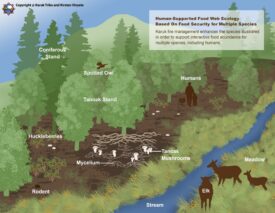
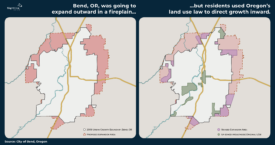
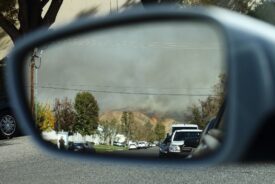

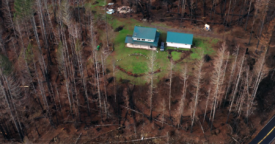

Steve Erickson
Carrots and sticks. Both are needed. Such as:
1. Carrots & Sticks: Strengthen GMA’s resource land protections; remove the wiggle words; add explicit requirements for conservation and protection from incompatible uses for lands of “regional” and “local” significance; integrate Washington’s forest/farm land taxing system into GMA and vice-versa (also desperately needed for forest land).
2. Sticks: Treat direct measurable water pollution caused by ag as the crime it is, with fines set at levels that make it cheaper to fix the problem than pay the fines.
3. Carrots: Make the current use tax system functional and inclusive for the smaller acreages being used for ag (at least on the west side). This has the added social benefit of helping younger farmers get in the game.
4. Carrots: Make enrollment for all classes of ag land in the current use (ag) tax program dependent on minimum practices, including cover cropping, filter strips, perennial pollinator/wildlife movement corridors, riparian buffers, using IPM (not prophylactic biocide use), fertilizer application at only agronomic rates as shown by soil testing, etc. Include rewards for following practices that sequester Carbon (i.e. no and low till) or based on demonstrated (by testing) increase in soil Carbon. Practices not followed mean property taxes go up and rewards foregone.
5. Support the above with grants, cost share, etc. with watershed level targets for area covered/treated, possibly with prioritization based on the 3(d) list. Aim to ramp up the program so statewide 1 million acres per year are treated annually after 5 years; 10 million after 10 years. Get the money from the ultra-rich. Hit Bezos’ windfall profits from the pandemic; the only downside is he won’t be able to run away to Mars. At an average of $100 per acre, that’s still only a fraction of what he’s gained this year.
Think big. If we are going to transform civilization to being sustainable, transforming or seriously shifting agriculture is as important as electrifying transportation. A program like this will rapidly pay for itself in numerous ways, some of which accrue to the individual farmer with the reset benefitting society overall:
* Reduced costs for fertilization and weed control – economic benefit
* Increased social acceptance of farming – social benefit
* Carbon sequestration – environmental benefit
* Lots more fish – economic and environmental benefit
* Lots more terrestrial wildlife – social and environmental benefit
* Less poison being dumped into the biosphere – environmental benefit